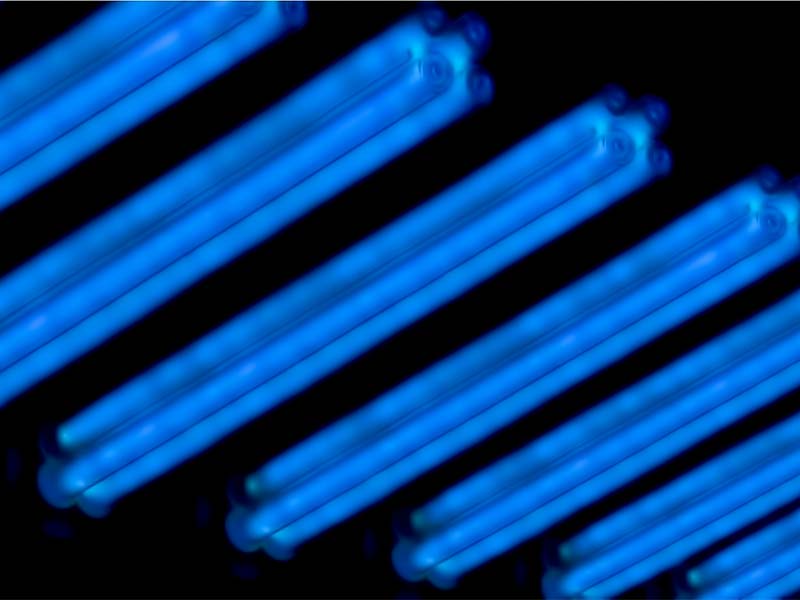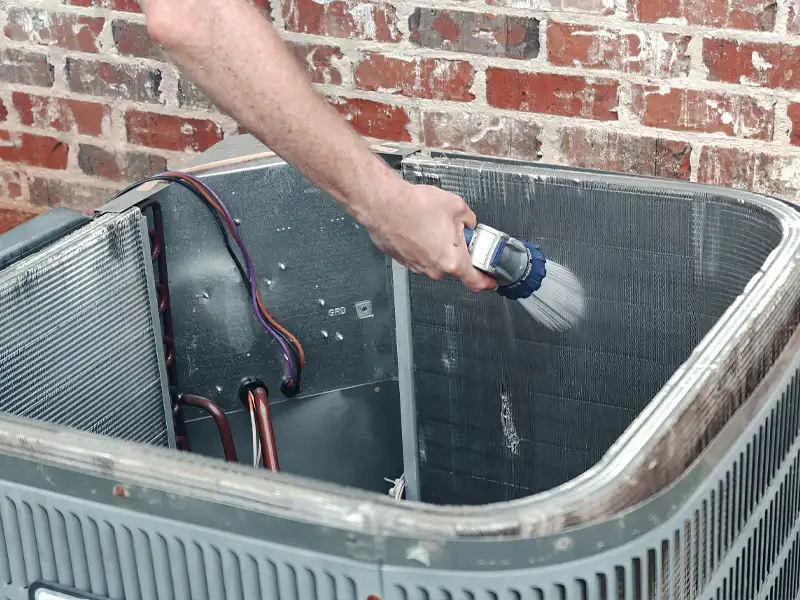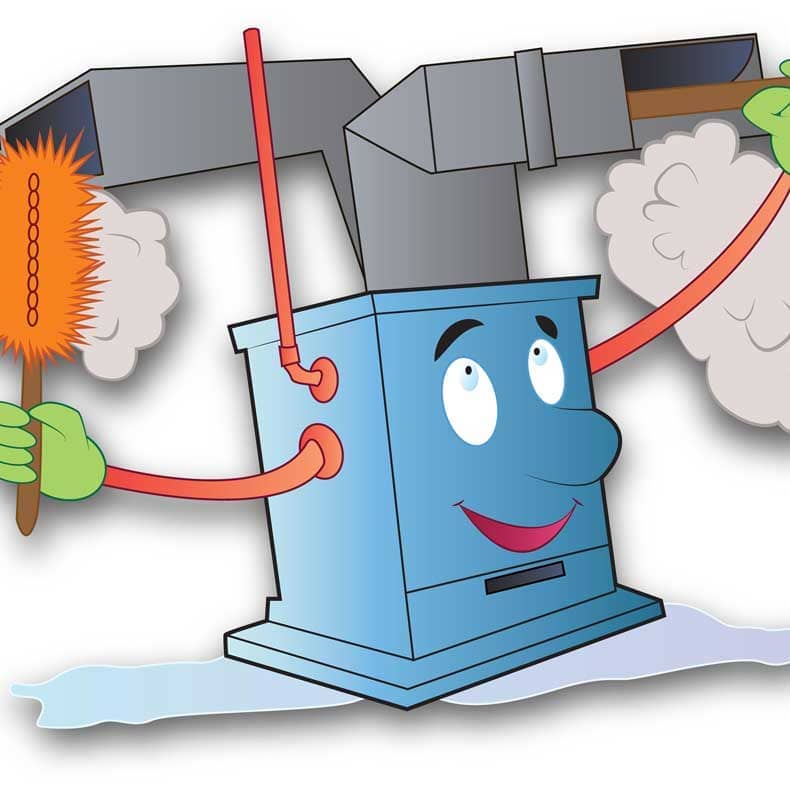Understanding UV-C Light and How it Works
UV-C light, also known as ultraviolet germicidal light, is a type of ultraviolet light that is effective in killing bacteria, viruses, and other microorganisms. It works by damaging the DNA and RNA of the microorganisms, thereby making it impossible for them to reproduce and cause disease. In this article, we will explain the science behind UV-C light and how it works to kill harmful pathogens.
The Science Behind UV-C Light
UV-C light is a type of ultraviolet light that falls within the 100-280 nanometer (nm) range. This range of UV light is not visible to the human eye, and it is also known as germicidal UV light. Unlike other types of UV light, UV-C light is able to penetrate the cell walls of microorganisms and damage their genetic material.
The DNA and RNA of microorganisms contain bonds that hold the genetic material together. When UV-C light is shone on the microorganisms, it causes these bonds to break, effectively killing the pathogens. This process is called photodamage, and it is what makes UV-C light such an effective tool in the fight against harmful microorganisms.
How UV-C Light Works
UV-C light works by penetrating the cell walls of bacteria and viruses and disrupting their DNA structure. This prevents the pathogens from multiplying and spreading, effectively eliminating them. The intensity and frequency of UV-C light can be adjusted to target specific types of bacteria and viruses, making it an effective solution for a wide range of disinfection and sterilization needs. This light is produced by special lamps that are specifically designed for use in UV-C light systems. These lamps are filled with a gas that emits UV-C light when it is excited by an electric current.
UV-C light systems can be used in a variety of settings, including homes, offices, and public spaces. The light can be directed onto surfaces, into air, or into water to disinfect the environment. For example, UV-C light systems can be used in air ducts to kill bacteria and viruses in the air before they are circulated throughout a building.
Advantages of UV-C Light Over Traditional Disinfection Methods
One of the main advantages of UV-C light is its ability to eliminate pathogens without the use of harsh chemicals or other harmful substances. This makes it an ideal choice for industries and applications where chemical disinfectants are not suitable, such as in food processing or medical facilities.
In addition to being chemical-free, UV-C light is also faster and more efficient than traditional disinfection methods. In many cases, UV-C light can eliminate pathogens in just a few minutes, compared to the hours or even days that traditional disinfectants may take.
Applications of UV-C Light in Disinfection and Sterilization
UV-C light is used in a variety of industries and applications, including healthcare, food and beverage processing, water treatment, and air purification. Some of the most common applications include:
- Hospital and healthcare facilities: UV-C light is used to disinfect medical equipment, operating rooms, and patient rooms, helping to reduce the spread of harmful pathogens and improve patient outcomes.
- Food and beverage processing: UV-C light is used to eliminate bacteria and other pathogens from food and beverage products, helping to ensure the safety and quality of these products for consumers.
- Water treatment: UV-C light is used to purify water, removing harmful bacteria and other pathogens, to ensure that it is safe for human consumption.
- Air purification: UV-C light is used to eliminate pathogens and improve air quality in a variety of settings, including homes, offices, and public transportation.
Benefits of UV-C Light
Here are many benefits to using UV-C light to kill harmful microorganisms. One of the main benefits is that it is a natural and chemical-free way to disinfect the environment. Unlike other disinfectants, UV-C light does not leave any residue or chemicals behind, making it a safe and effective solution for many applications.
In addition to the benefits it provides for human health and safety, UV-C light is also environmentally friendly. Unlike traditional disinfectants, UV-C light does not generate harmful byproducts or contribute to pollution. This makes it an ideal choice for industries and applications where environmental impact is a concern.
In addition to its safety, UV-C light is also fast and effective in killing a wide range of microorganisms, including bacteria, viruses and fungi. It is also effective against drug-resistant strains of bacteria, making it a valuable tool in the fight against the spread of infectious diseases.
UV-C light is a powerful tool for disinfection and sterilization, providing a safe and effective solution for a wide range of industries and applications. By emitting a high-intensity light that penetrates the cell walls of pathogens, UV-C light is able to damage their genetic material and prevent them from reproducing. Whether you are looking to disinfect your home, office, or public space, UV-C light is an effective, chemical-free solution that provides fast and effective results.


